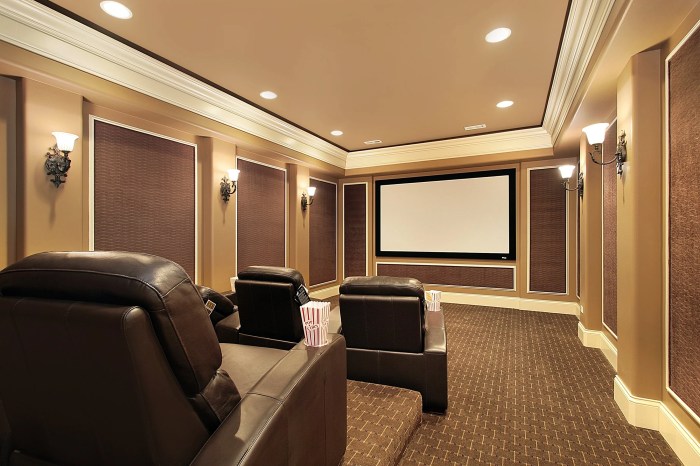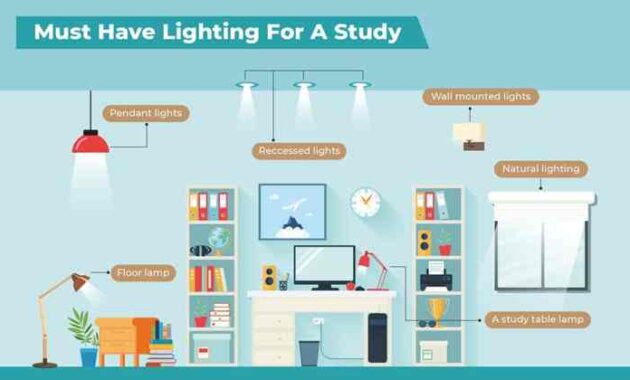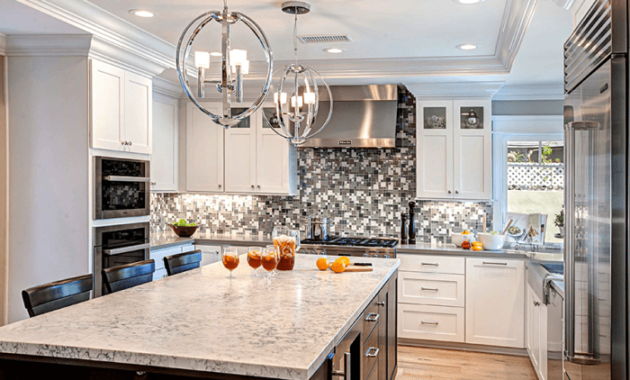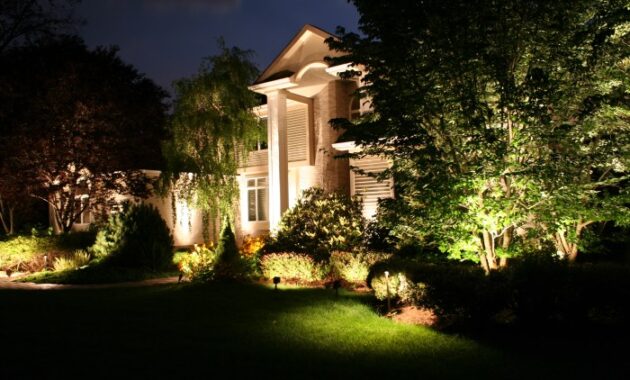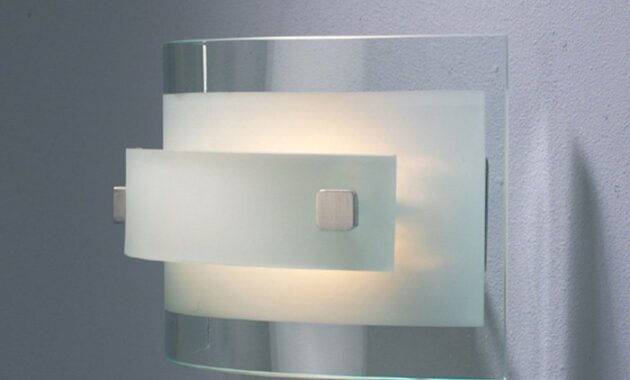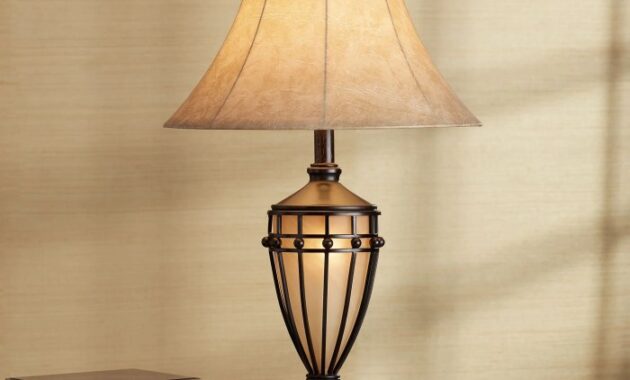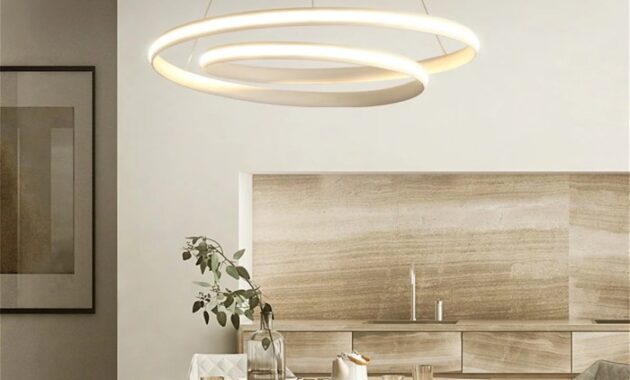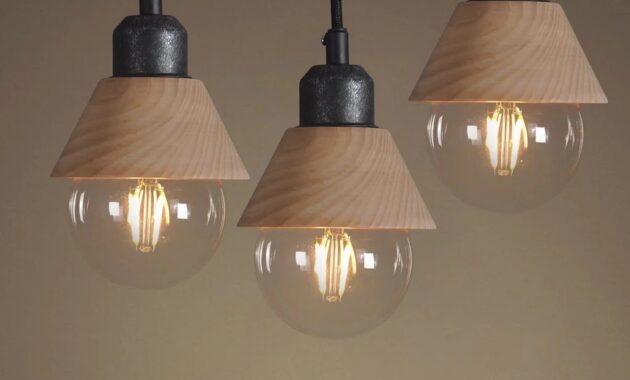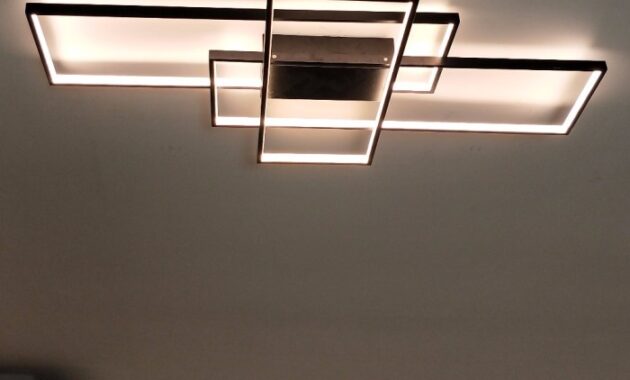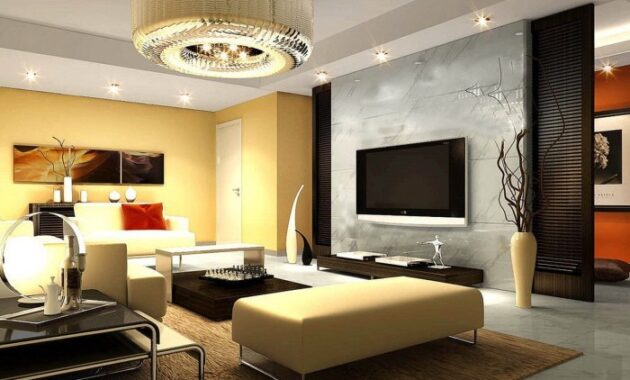Lighting for home theater sets the stage for an immersive cinematic experience, where every detail matters in creating the perfect ambiance for your viewing pleasure.
As we delve deeper into the world of lighting for home theaters, we uncover the key elements that make a significant difference in how you enjoy your favorite movies and shows.
Importance of Lighting in Home Theater

Proper lighting plays a crucial role in enhancing the overall home theater experience. It not only impacts the viewing quality but also sets the right atmosphere for an immersive movie-watching experience.
Impact of Different Lighting Setups on Viewing Quality
Different lighting setups can have a significant impact on the viewing quality in a home theater. For example, harsh overhead lighting can create glare on the screen, affecting the clarity of the images. On the other hand, dim lighting or backlighting behind the screen can enhance the contrast and make colors pop, providing a more cinematic experience.
Role of Ambient, Task, and Accent Lighting
– Ambient lighting: Ambient lighting sets the overall mood in the room and provides general illumination. It helps create a comfortable environment for movie-watching without causing distractions.
– Task lighting: Task lighting is essential for activities like reading movie subtitles or adjusting audio settings. It should be strategically placed to avoid glare on the screen.
– Accent lighting: Accent lighting adds depth and dimension to the room by highlighting certain features like posters or artwork. It can also be used to create a sense of drama during movie nights.
Types of Lighting Fixtures

When setting up a home theater, choosing the right lighting fixtures is crucial to creating the perfect ambiance for movie nights or gaming sessions. There are various types of lighting fixtures to consider, each with its own unique features and benefits.
LED Lighting
LED lighting fixtures have become increasingly popular due to their energy efficiency and long lifespan. They provide bright, clear light that is perfect for illuminating different areas of the home theater. LED strips can be used behind the TV or along the walls to create a subtle glow without causing any glare on the screen.
Incandescent Lighting
While less energy-efficient compared to LED lights, incandescent fixtures are still commonly used in home theaters for their warm and cozy glow. They are ideal for creating a more traditional movie-watching atmosphere, especially when paired with dimmer switches for adjustable brightness.
Smart Lighting
Smart lighting options, such as smart bulbs and smart light strips, offer the convenience of remote control and customization through smartphone apps or voice assistants. These fixtures can be dimmed, color-changed, or even set to sync with the on-screen action for a truly immersive viewing experience.
Dimmable and Color-Changing Fixtures
For versatility in lighting options, dimmable fixtures are essential in a home theater. Being able to adjust the brightness levels according to the time of day or mood can greatly enhance the viewing experience. Color-changing fixtures, like RGB LED bulbs or strips, allow you to set the mood with a wide range of colors to suit different genres of movies or games.
Lighting Placement and Design: Lighting For Home Theater
When it comes to creating the perfect ambiance in a home theater, the placement and design of lighting fixtures play a crucial role. Properly positioned lights can enhance the viewing experience while also preventing discomfort from glare and shadows.
Optimal Placement of Lighting Fixtures
In a home theater room, it is essential to strategically place lighting fixtures to ensure even illumination without causing distractions. Here are some tips for optimal placement:
- Place overhead lights behind the viewer’s seating area to avoid casting shadows on the screen.
- Use wall sconces or floor lamps along the sides of the room to create indirect lighting that reduces glare.
- Consider installing dimmable lights to adjust the brightness based on the content being viewed.
Designing Lighting Layouts for Different Sized Home Theaters
The size of the home theater room will influence the layout and design of the lighting. Here are some tips for designing lighting layouts based on room size:
- For small home theaters, focus on installing a few key light sources to prevent overcrowding and maintain a cozy atmosphere.
- In larger home theaters, consider using a combination of ceiling lights, wall sconces, and floor lamps to evenly distribute light throughout the space.
- Use recessed lighting to highlight specific areas, such as the screen or seating area, in medium-sized home theaters.
Avoiding Glare and Shadows, Lighting for home theater
To ensure a comfortable viewing experience, it is important to minimize glare and shadows in a home theater. Here’s how to avoid them:
- Position lights at an angle to prevent direct glare on the screen or reflective surfaces.
- Use blackout curtains or blinds to block out natural light that may cause glare during daytime viewing.
- Opt for adjustable fixtures that can be tilted or swiveled to direct light away from the screen and seating area.
Lighting Control Systems

Lighting control systems play a crucial role in enhancing the overall home theater experience by allowing users to adjust the lighting according to their preferences. These systems offer convenience, flexibility, and customization options that can significantly impact the ambiance of the viewing space.
Benefits of Using Lighting Control Systems
- Enhanced Comfort: Lighting control systems enable users to create the perfect lighting environment for watching movies or TV shows, enhancing comfort and reducing eye strain.
- Energy Efficiency: By dimming or turning off lights when not in use, these systems help conserve energy and reduce electricity bills.
- Mood Setting: With the ability to adjust brightness levels and colors, users can set the mood for different types of entertainment or activities in the home theater.
Wired vs. Wireless Lighting Control Options
- Wired Control: Wired systems are typically more reliable and offer precise control over individual light fixtures. However, installation can be more complex and may require professional assistance.
- Wireless Control: Wireless systems are easier to install and allow for more flexibility in terms of controlling lights remotely. They are ideal for retrofitting existing home theaters without the need for extensive wiring.
Integrating Lighting Control with Smart Home Technology
- Seamless Operation: Integrating lighting control with smart home technology enables users to automate lighting settings based on specific triggers, such as movie playback or time of day.
- Voice Control: With compatibility with voice assistants like Alexa or Google Assistant, users can easily adjust lighting settings using voice commands for a hands-free experience.
- Remote Access: Smart home integration allows users to control lighting remotely through smartphone apps, providing convenience and flexibility even when away from home.
In conclusion, the right lighting can truly transform your home theater into a captivating space where movie nights become unforgettable moments. Take the time to explore different lighting options and configurations to tailor your setup to perfection.
When it comes to maximizing space in your home, incorporating space-saving furniture ideas can be a game-changer. From foldable tables to wall-mounted shelves, these innovative solutions not only optimize your living area but also add a touch of style. With the right furniture pieces, you can create a functional and visually appealing space without compromising on comfort.
Looking to maximize space in your home? Check out these innovative space-saving furniture ideas that are both practical and stylish. From foldable tables to hidden storage solutions, these pieces can help you make the most of your living space without compromising on design. Say goodbye to clutter and hello to a more organized and functional home!

